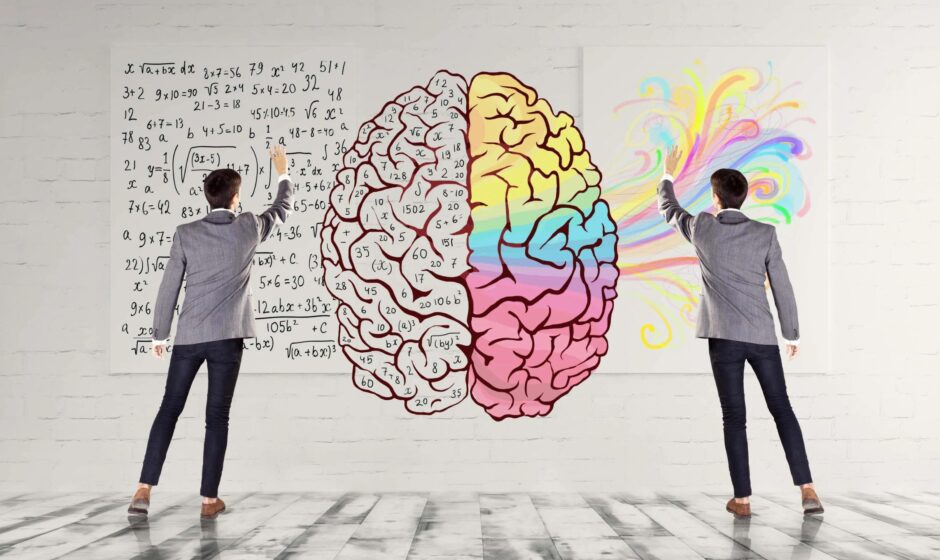When we think about mental health, traditional forms of therapy, such as cognitive-behavioral therapy or medication, often come to mind. However, creativity is pivotal in mental health, offering unique and transformative ways to improve well-being. The Journal of Creativity in Mental Health stands at the forefront of this innovative field, providing a platform for research and discussion about how creative approaches can enhance mental health treatment.
History and Background
The Journal of Creativity in Mental Health was founded to address a growing need within the mental health community for research and discussion about the role of creativity in therapeutic settings. Since its inception, the journal has achieved significant milestones, establishing itself as a leading publication in this niche area of mental health.
Scope and Aim
The mission of the Journal of Creativity in Mental Health is to explore and promote creative methods and their application in mental health. The journal aims to foster an inclusive dialogue that spans multiple disciplines and cultural contexts by reaching out to practitioners, researchers, and students.
Editorial Board and Contributors
The journal’s success can be attributed to its esteemed editorial board and contributors. Notable editors have included leading figures in psychology and creative arts therapies, while contributors consist of seasoned professionals and emerging scholars who bring fresh perspectives to the field.
Research Topics Covered
The Journal of Creativity in Mental Health covers a wide array of research topics, including but not limited to:
- Creative Arts Therapies: Exploring how art, music, dance, and drama can be therapeutic tools.
- Innovative Counseling Techniques: Investigating new methods incorporating creative elements into traditional counseling.
- Case Studies and Clinical Applications: Providing real-world examples of creative therapies in action.
Methodologies
The journal employs a diverse range of methodologies to ensure comprehensive coverage of its topics:
- Qualitative Research: In-depth explorations of personal experiences and therapeutic outcomes.
- Quantitative Research: Statistical analyses that validate the effectiveness of creative therapies.
- Mixed Methods: Combining qualitative and quantitative approaches for a holistic view.
Impact of Creativity on Mental Health
The benefits of creative expression for mental health are well-documented. Engaging in creative activities can reduce stress, improve mood, and enhance cognitive functioning. The journal frequently publishes case studies highlighting these benefits, providing concrete evidence of creativity’s therapeutic potential.
Innovative Approaches
Several innovative approaches are frequently discussed in the Journal of Creativity in Mental Health:
- Art Therapy: Using visual arts to help individuals express themselves and process emotions.
- Music Therapy: Incorporating music to promote emotional well-being and cognitive development.
- Drama and Dance Therapy: Utilizing movement and performance to address psychological issues.
Integration into Clinical Practice
Integrating creative therapies into clinical practice involves training mental health professionals to use these methods effectively. The journal offers practical applications and guidelines, helping practitioners incorporate creativity into their therapeutic toolkit.
Community and Cultural Perspectives
The journal places a strong emphasis on community and cultural perspectives, recognizing that creative therapies must be sensitive to cultural contexts. Contributions from around the globe provide diverse insights and enhance the journal’s relevance in different cultural settings.
Challenges and Criticisms
While creative therapies offer numerous benefits, they are not without challenges. Common criticisms include the subjective nature of creative expression and difficulty measuring outcomes. The journal addresses these challenges by promoting rigorous research and providing evidence-based practices.
Future Directions
The future of the Journal of Creativity in Mental Health looks promising, with emerging trends such as digital art therapy and virtual reality opening new avenues for research. The journal is committed to staying at the cutting edge of these developments and providing valuable insights.
Notable Articles and Publications
Over the years, the journal has published many landmark studies and influential papers that have shaped the field. These notable articles have contributed significantly to our understanding of how creativity can be harnessed to improve mental health.
How to Access the Journal
Accessing the Journal of Creativity in Mental Health is straightforward. Subscriptions are available for individuals and institutions, and many articles can be accessed online through academic databases and the journal’s official website.
Conclusion
The Journal of Creativity in Mental Health is crucial in advancing our understanding of how creative approaches can enhance mental health treatment. By providing a platform for research and discussion, the journal fosters innovation and promotes the integration of creativity into therapeutic practice. As the field continues to evolve, the journal remains a vital resource for mental health professionals, researchers, and anyone interested in the intersection of creativity and mental health.


